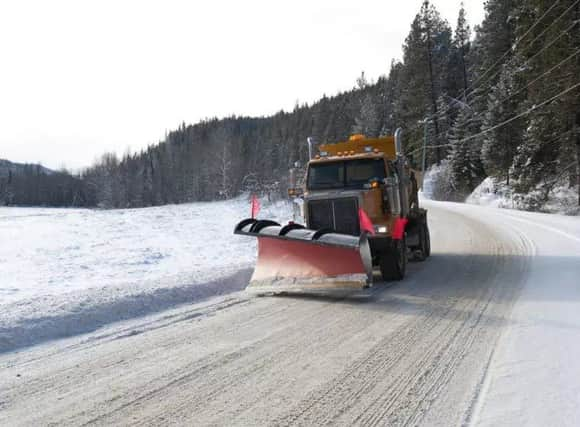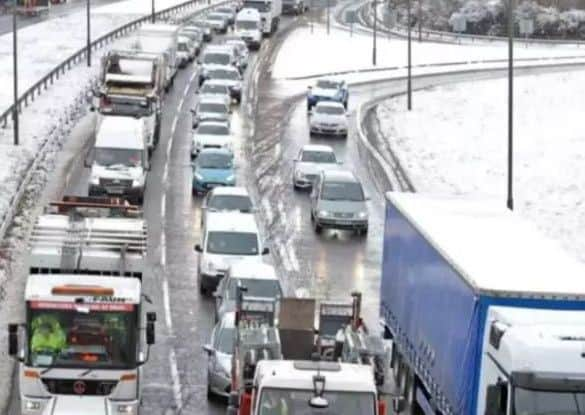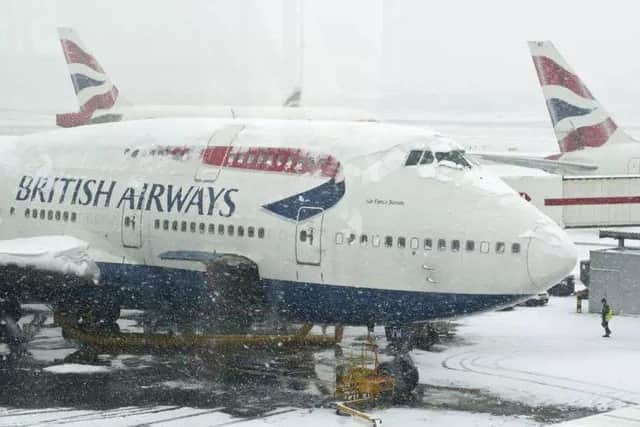Why does a bit of snow plunge Britain into transport chaos?


Barbara Turnbull, Associate Professor in Environmental Fluid Mechanics at the University of Nottingham, examines why Britain’s transport network seems to struggle when the mercury drops.
You might hear British people asking: “Why are we so bad at dealing with snow? Why can’t we just keep the child-like thrill of it without suffering the delayed flights, broken coccyx and battered bodywork? Why can’t we be like other countries and just take it in our stride? ”
Advertisement
Hide AdAdvertisement
Hide AdThere’s not actually a simple answer to this. The reality is that investing in the infrastructure and equipment to make it easier to cope with snow – heated runways, fancier snow ploughs and the rest – would be extremely expensive.


There is a cost-benefit analysis that would tell you how much the annual chaos of a day of snow costs compared with the investment needed to avoid it and the benefits of that. The UK Met Office, government and councils do exactly that, working out what level of investment is appropriate to mitigate occasional chaos.
In fact, because snow is relatively rare for the UK, it is possible that much of the chaos arises from not being well-practised in driving or walking in slippery conditions – and no amount of spending is going to cure that.
Every British driver could go and buy winter tyres for their cars. But this illustrates that the solutions developed for other countries do not necessarily translate directly to UK conditions. The British climate is benign: wet and relatively warm.
Advertisement
Hide AdAdvertisement
Hide AdWinter tyres used in Sweden, Canada or the Switzerland will be optimised for much colder conditions – made from softer rubber to maintain grip well below freezing. This would just wear very quickly on typical UK winter days, which are not really very cold at all by comparison.


Unlike places well-versed in coping with snow, the UK rarely has extended of periods of cold with snow that freeze the ground so that the snow stays around. When snow falls, it usually lands on warmer ground and at least some of the snow melts straight away.
This combination of a little snow mixed with water creates the slushy conditions that really are very slippery. If the climate was colder then then snow would settle as drier snow and it would be much crunchier and grippier underfoot.
Yet when this powdery kind of snow does occur, it can cause just as much havoc as authorities are less used to dealing with it. This problem has led to the now famous excuse that Britain’s trains can quickly be brought to a standstill by the “wrong kind of snow”. This illustrates that no two snow showers are the same, and the closer to melting point the temperature is, the more variable and tricky the snow can be.
So while it might seem like Britain is ground to a halt by less extreme weather than other countries can deal with, in some ways the milder climate is actually harder to deal with.